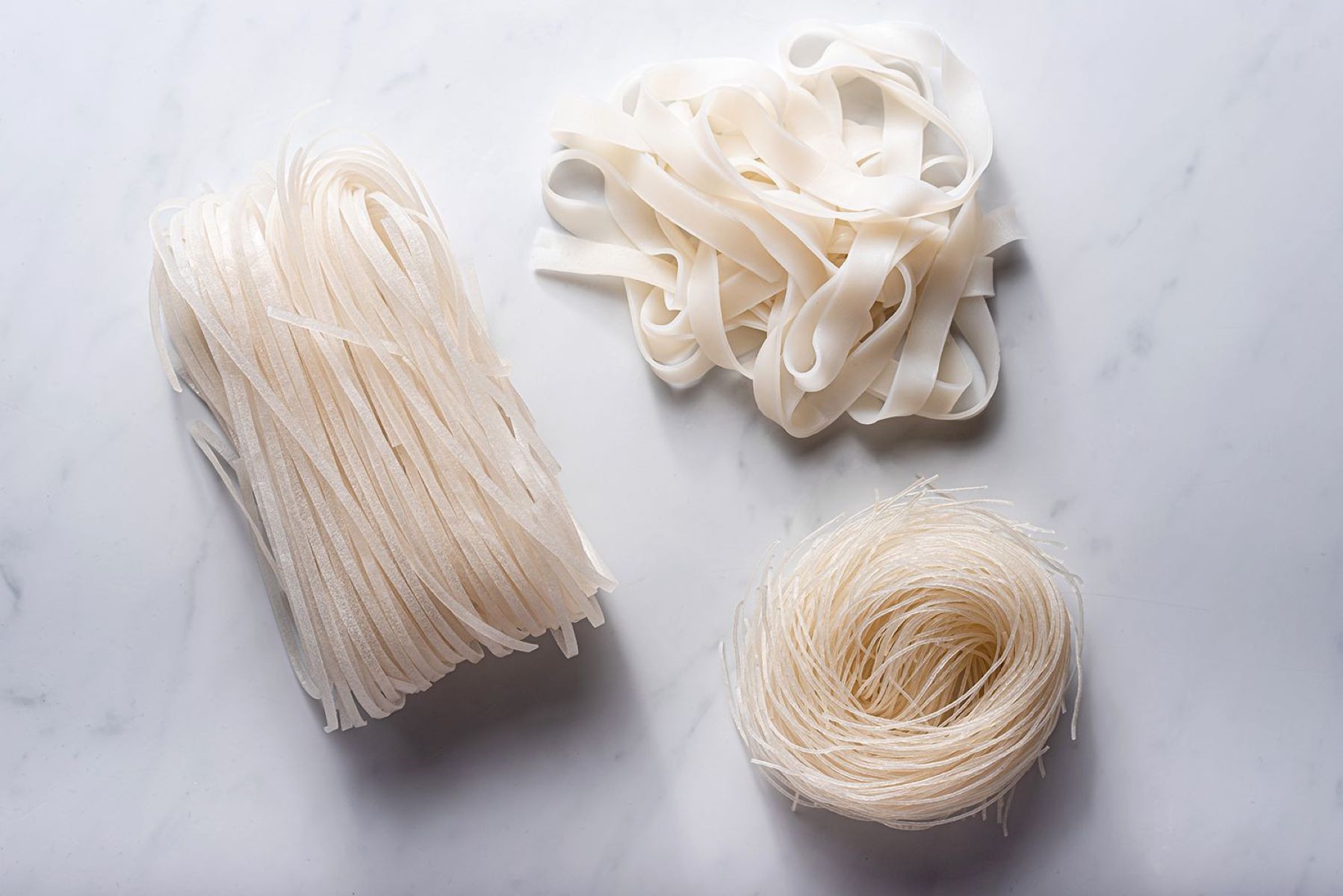

Articles
How To Store Vermicelli Noodles
Modified: March 23, 2024
Learn the best methods to store vermicelli noodles and keep them fresh for longer with these helpful articles.
(Many of the links in this article redirect to a specific reviewed product. Your purchase of these products through affiliate links helps to generate commission for Storables.com, at no extra cost. Learn more)
Introduction
Welcome to the world of vermicelli noodles! These thin, delicate noodles are a versatile and popular ingredient in various cuisines. Whether you’re a fan of Asian dishes like stir-fries and soups or enjoy the Mediterranean flavors of pasta salads, vermicelli noodles can add a delightful texture and taste to your meals.
However, like any food item, proper storage is essential to maintain the freshness and quality of vermicelli noodles. Improper storage can lead to a loss of texture, flavor, and even the growth of harmful bacteria. In this article, we’ll explore the different methods for storing vermicelli noodles to ensure they remain delicious and safe to consume.
Before we dive into the storage methods, let’s take a closer look at vermicelli noodles. Also known as rice vermicelli or rice noodles, these noodles are made from rice flour or rice starch. They are thin, translucent, and have a slightly chewy texture when cooked. Vermicelli noodles are often gluten-free and a popular choice for those with dietary restrictions.
Now, let’s move on to the various storage methods for vermicelli noodles.
Key Takeaways:
- Proper storage of vermicelli noodles is essential to maintain their delicate texture and flavor. Pantry, refrigerator, and freezer storage options offer flexibility based on usage and climate.
- To maximize the freshness of vermicelli noodles, keep them dry, avoid overcooking, and store in smaller portions. Regularly check for spoilage and implement a rotation system for bulk purchases.
Read more: How To Store Cooked Vermicelli Noodles
Knowing Vermicelli Noodles
Before we delve into the storage methods, it’s important to understand the characteristics of vermicelli noodles. This knowledge will help us determine the best way to store them and ensure their quality is preserved.
Vermicelli noodles are delicate and can easily break if mishandled. They absorb moisture quickly, which affects their texture and can result in clumping. Additionally, exposure to air and humidity can cause the noodles to become stale and lose their flavor.
When purchasing vermicelli noodles, look for packages that are tightly sealed and free from any signs of moisture or damage. It’s recommended to buy smaller quantities that can be consumed within a reasonable timeframe. This way, you can maintain the freshness and quality of the noodles.
Now that we have a better understanding of vermicelli noodles, let’s explore the different storage methods to help preserve their taste and texture.
Proper Storage Methods
To ensure the longevity and quality of vermicelli noodles, it’s crucial to store them properly. There are three main storage options to consider: pantry, refrigerator, and freezer. Let’s take a closer look at each method.
Storing Vermicelli Noodles in the Pantry
If you plan to use vermicelli noodles within a few months, storing them in the pantry is a viable option. The pantry should be dry, cool, and away from direct sunlight. Avoid exposing the noodles to excessive heat or humidity, as it can cause them to spoil quickly.
Ensure the vermicelli noodles are tightly sealed in their original packaging or transferred to an airtight container. This prevents air and moisture from entering and keeps the noodles fresh for an extended period.
Storing Vermicelli Noodles in the Refrigerator
If you live in a humid climate or want to extend the shelf life of vermicelli noodles, storing them in the refrigerator is a preferred method. This is particularly useful if you’ve opened the package and have leftover noodles that need to be stored.
Before refrigerating, place the vermicelli noodles in a resealable bag or an airtight container. This helps prevent absorption of odors from other food items in the fridge. It’s important to note that refrigeration can cause the noodles to become slightly firmer, but they will remain safe to eat for a longer duration.
Read more: How To Store Noodles
Storing Vermicelli Noodles in the Freezer
If you want to store vermicelli noodles for an extended period, freezing them is the best option. Freezing prevents spoilage and helps retain the freshness of the noodles. This method is especially useful if you’ve bought the noodles in bulk or if you want to prepare large quantities in advance.
To freeze vermicelli noodles, portion them into individual servings or as per your requirement. Place the noodles in a freezer-safe bag or container, ensuring all the air is squeezed out before sealing. Label the bag with the storage date for future reference.
When you are ready to use the frozen vermicelli noodles, thaw them by placing the sealed bag or container in the refrigerator overnight. Alternatively, you can add the frozen noodles directly to boiling water and cook them for a few minutes until they are tender.
Now that we have explored the different storage methods, let’s discuss some tips for maintaining the freshness and quality of vermicelli noodles.
Storing Vermicelli Noodles in the Pantry
Storing vermicelli noodles in the pantry is an ideal option if you plan to use them within a few months. However, proper storage techniques are essential to maintain their freshness and quality.
Firstly, ensure that the pantry is cool, dry, and away from direct sunlight. Exposure to heat and humidity can cause the noodles to spoil quickly. A dark cupboard or pantry shelf away from the stove or any heat sources is a suitable spot.
When leaving the vermicelli noodles in their original packaging, make sure it is tightly sealed to prevent any air or moisture from entering. If the package is not resealable, transfer the noodles into an airtight container or resealable bag.
Sealing the noodles properly is crucial as it helps to retain their texture and prevent them from becoming stale. It also prevents pests and insects from infiltrating the packaging.
Label the container or bag with the storage date to keep track of the noodles’ freshness. In general, vermicelli noodles stored in the pantry can maintain their quality for around 6 to 12 months, but it’s best to check the package for any specific shelf-life guidelines.
Before using the noodles, check for any signs of spoilage such as discoloration, an off smell, or the presence of molds. If you notice any of these signs, it’s best to discard the noodles to avoid any health risks.
Remember to store other dry ingredients away from the vermicelli noodles as they can absorb odors easily. Keeping them in a separate area or using sealed containers helps maintain their original taste and prevents the absorption of other smells.
By following these storage tips, you can keep vermicelli noodles in your pantry and have them readily available for your next delicious meal!
Storing Vermicelli Noodles in the Refrigerator
If you live in a humid climate or want to extend the shelf life of vermicelli noodles, storing them in the refrigerator is a preferred method. This is especially useful if you have opened the package and have leftover noodles that need to be stored.
Before refrigerating the vermicelli noodles, ensure they are completely cool. If you’ve just cooked a batch of noodles, give them some time to cool down to room temperature before storage. This prevents moisture buildup and helps maintain the noodles’ texture.
Place the vermicelli noodles in a resealable bag or an airtight container. Ensure there is no excess air in the bag before sealing to prevent the noodles from drying out. Alternatively, you can wrap the noodles tightly in plastic wrap, ensuring they are completely covered.
When choosing a spot in the refrigerator for the noodles, opt for the less humid areas, such as the back of the fridge or vegetable crisper. This helps minimize exposure to moisture that can make the noodles soggy or clump together.
It’s important to note that refrigeration can cause the vermicelli noodles to become slightly firmer. However, they will remain safe to eat for a longer duration compared to storing them at room temperature.
When you are ready to use the refrigerated vermicelli noodles, remove them from the fridge and let them sit at room temperature for a few minutes. This will help the noodles regain some of their original texture and flexibility.
It’s always a good practice to check the noodles for any signs of spoilage before using them. Look for any changes in color, texture, or an unpleasant odor. If you notice any of these signs, it’s best to discard the noodles to avoid any potential risk to your health.
By storing your vermicelli noodles in the refrigerator using these simple steps, you can prolong their freshness and ensure they are ready to be used for your next culinary creation.
Storing Vermicelli Noodles in the Freezer
If you want to store vermicelli noodles for an extended period, freezing them is the best option. Freezing helps to preserve the freshness and quality of the noodles, making them last even longer.
Before freezing the vermicelli noodles, it’s important to portion them appropriately based on your needs. Divide them into individual serving sizes or as per your preferred portion size. This way, you can easily thaw the required amount without having to defrost the entire batch.
Place the noodles into a freezer-safe bag or airtight container, ensuring there is minimal air trapped inside the packaging. Excess air can cause freezer burn and lead to a decrease in quality. If using a bag, squeeze out as much air as possible before sealing. If using a container, make sure it is tightly sealed.
Label the bag or container with the storage date so that you can keep track of how long the noodles have been in the freezer. Vermicelli noodles stored in the freezer can maintain their quality for up to 3-4 months, but it’s best to use them within the first month for optimal taste and texture.
When you’re ready to use the frozen vermicelli noodles, there are a couple of methods you can choose from:
Read more: How To Store Rice Noodles
Thawing in the Refrigerator:
Place the sealed bag or container of vermicelli noodles in the refrigerator overnight. The gradual thawing process will help maintain the noodles’ texture. Once thawed, you can cook the noodles as desired.
Cooking from Frozen:
If you don’t have time to thaw the noodles or prefer a quicker method, you can cook the vermicelli noodles directly from frozen. Add the frozen noodles to a pot of boiling water and cook for a few minutes until they are tender. Be sure to stir occasionally to prevent them from sticking together.
After thawing or cooking the frozen vermicelli noodles, drain them well and rinse them with cold water to remove any excess starch. Now they are ready to be used in your favorite dishes!
Remember, once the vermicelli noodles are thawed or cooked, they should not be refrozen. It’s best to consume them within a reasonable timeframe to ensure the best taste and quality.
By following these simple steps, you can freeze vermicelli noodles and always have a supply on hand for convenient and delicious meals.
Tips for Maintaining Freshness
To ensure the vermicelli noodles remain fresh and of high quality, there are a few additional tips to keep in mind. These tips will help you make the most out of your stored vermicelli noodles:
1. Keep them dry:
Moisture is the enemy of vermicelli noodles. Ensure they are stored in a dry environment and avoid exposing them to humidity. Moisture can cause the noodles to become sticky and clump together, affecting their texture and taste.
Read more: How To Store Spaghetti Noodles
2. Don’t overcook:
When preparing vermicelli noodles for storage, make sure not to overcook them. Overcooked noodles can become mushy and lose their texture, even more so when stored. Follow the package instructions for cooking time and cook the noodles until they are just tender before storing.
3. Avoid seasoning before storage:
It’s best to store vermicelli noodles without any added seasonings or sauces. Adding seasonings beforehand can cause the noodles to absorb the flavors, making them less versatile when it comes to preparing various dishes. It’s better to season the noodles when you’re ready to use them.
4. Store in smaller portions:
If you frequently use vermicelli noodles in your cooking, consider dividing them into smaller portions before storing. This way, you can take out only the amount you need without having to defrost or cook more than necessary. It also helps to minimize food waste.
5. Use quality storage containers:
Invest in good-quality airtight containers or resealable bags for storing vermicelli noodles. These containers will provide excellent protection against moisture, air, and odors. Ensure they are properly sealed to maintain the noodles’ freshness and prevent any contamination.
Read more: How To Store Leftover Noodles
6. Check for signs of spoilage:
Regularly inspect the vermicelli noodles for any signs of spoilage, such as changes in color, texture, or an off odor. If you notice any signs of spoilage, it’s best to discard the noodles to avoid any potential foodborne illnesses.
7. Rotation system:
If you frequently buy vermicelli noodles in bulk, implementing a rotation system can help you track the storage time. Use the oldest noodles first to ensure none of them go past their expiration date. This way, you can always have fresh vermicelli noodles on hand.
By following these tips, you can maximize the freshness and quality of your stored vermicelli noodles, allowing you to enjoy delicious meals whenever you desire.
Conclusion
Vermicelli noodles are a versatile and popular ingredient in many cuisines. Whether you enjoy them in stir-fries, soups, salads, or other dishes, proper storage is crucial to maintain their texture, flavor, and overall quality. By following the proper storage methods, you can ensure that your vermicelli noodles remain fresh and delicious for longer durations.
Storing vermicelli noodles in the pantry is suitable for short-term storage, typically within a few months. Make sure the pantry is cool, dry, and away from direct sunlight. Keep the noodles tightly sealed in their original packaging or in an airtight container to prevent air and moisture from spoiling them.
If you live in a humid climate or want to extend the shelf life of the noodles, refrigerating them is an excellent option. Place them in a sealed bag or container and store them in a less humid area of the refrigerator. The noodles may become slightly firmer, but they will remain safe to eat for longer periods.
For long-term storage, freezing vermicelli noodles is the best choice. Portion them appropriately and place them in a freezer-safe bag or container. Label the packaging with the storage date and freeze them for up to 3-4 months. When you’re ready to use them, simply thaw them in the refrigerator or cook them directly from frozen.
To maintain the freshness of vermicelli noodles, keep them dry, avoid overcooking, store them in smaller portions, and use quality storage containers. Regularly check for signs of spoilage and implement a rotation system if buying in bulk.
In conclusion, by applying these storage methods and tips, you can ensure that your vermicelli noodles remain delicious and ready to enhance your favorite dishes. Enjoy the convenience and versatility of vermicelli noodles with the assurance of their maintained freshness and quality.
Frequently Asked Questions about How To Store Vermicelli Noodles
Was this page helpful?
At Storables.com, we guarantee accurate and reliable information. Our content, validated by Expert Board Contributors, is crafted following stringent Editorial Policies. We're committed to providing you with well-researched, expert-backed insights for all your informational needs.
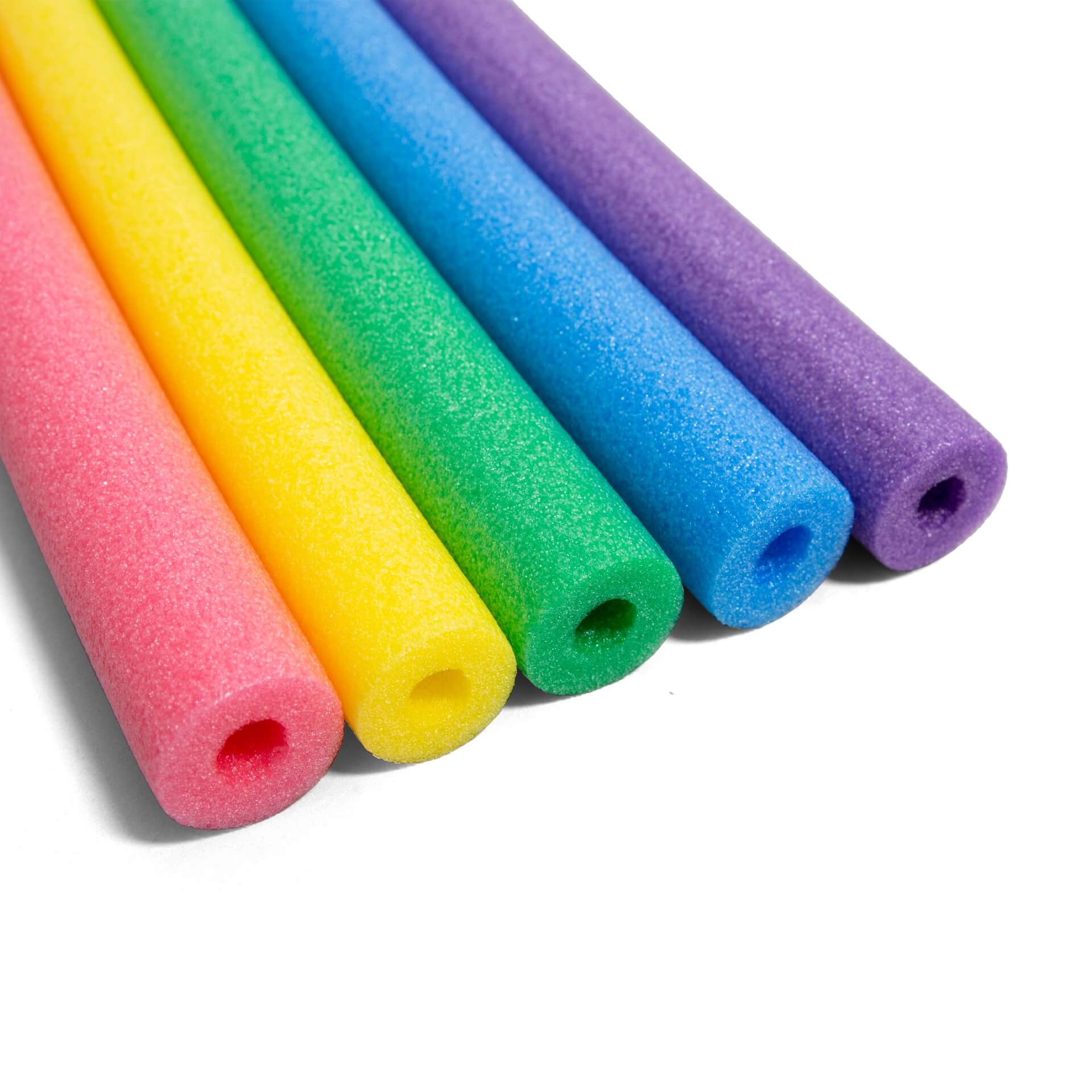

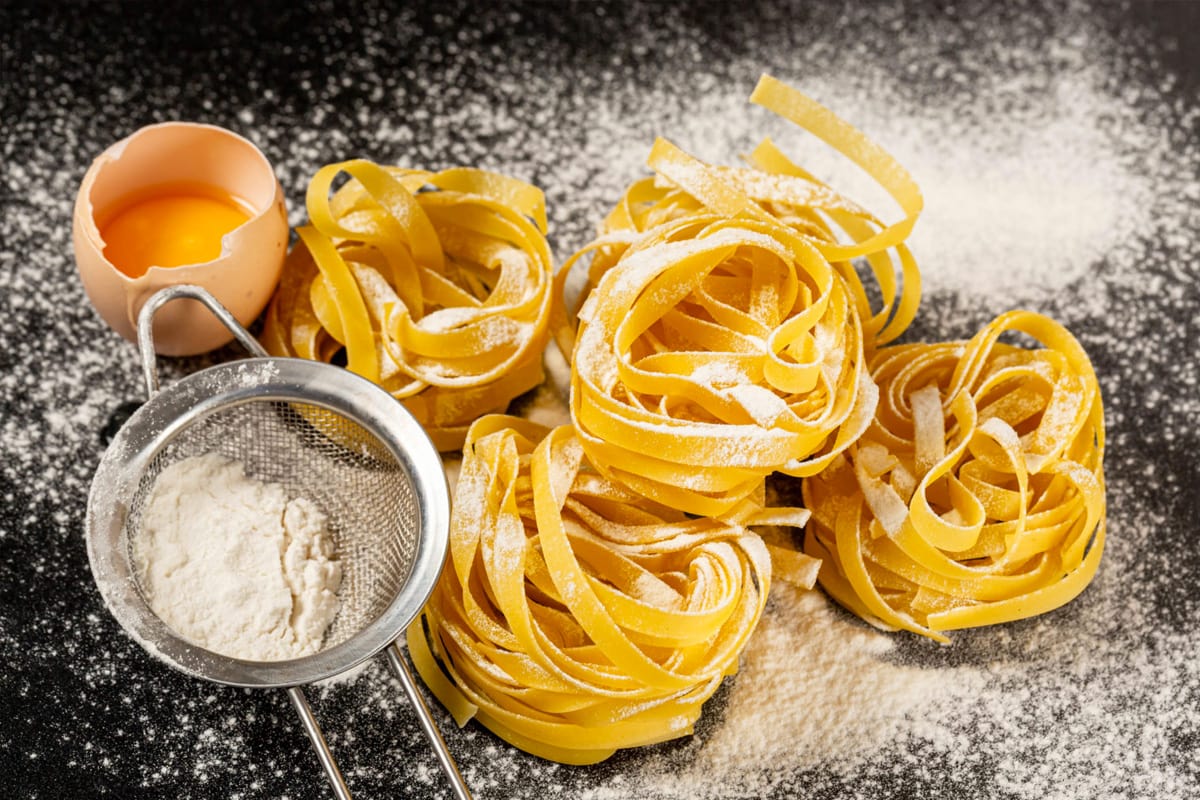
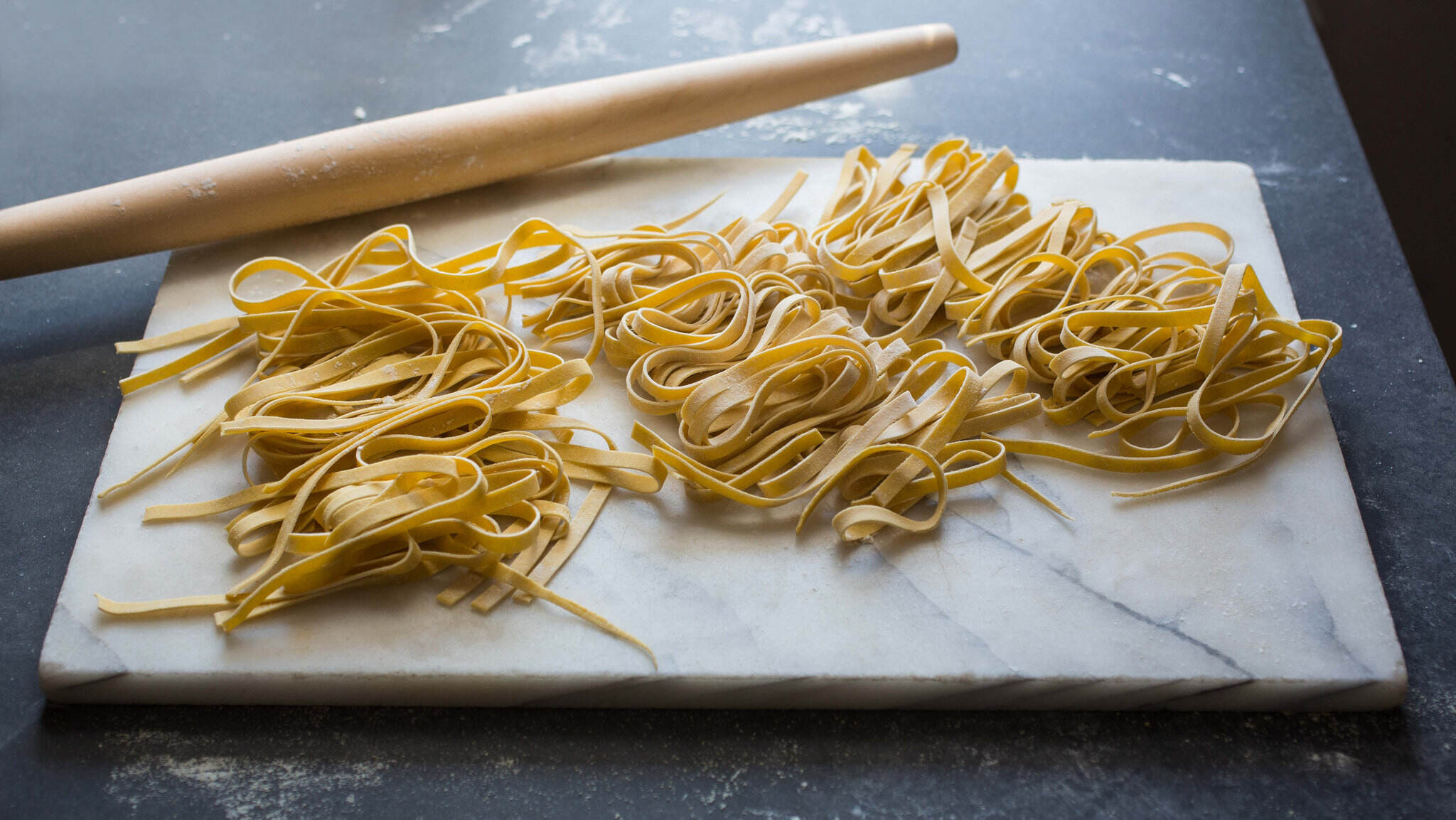
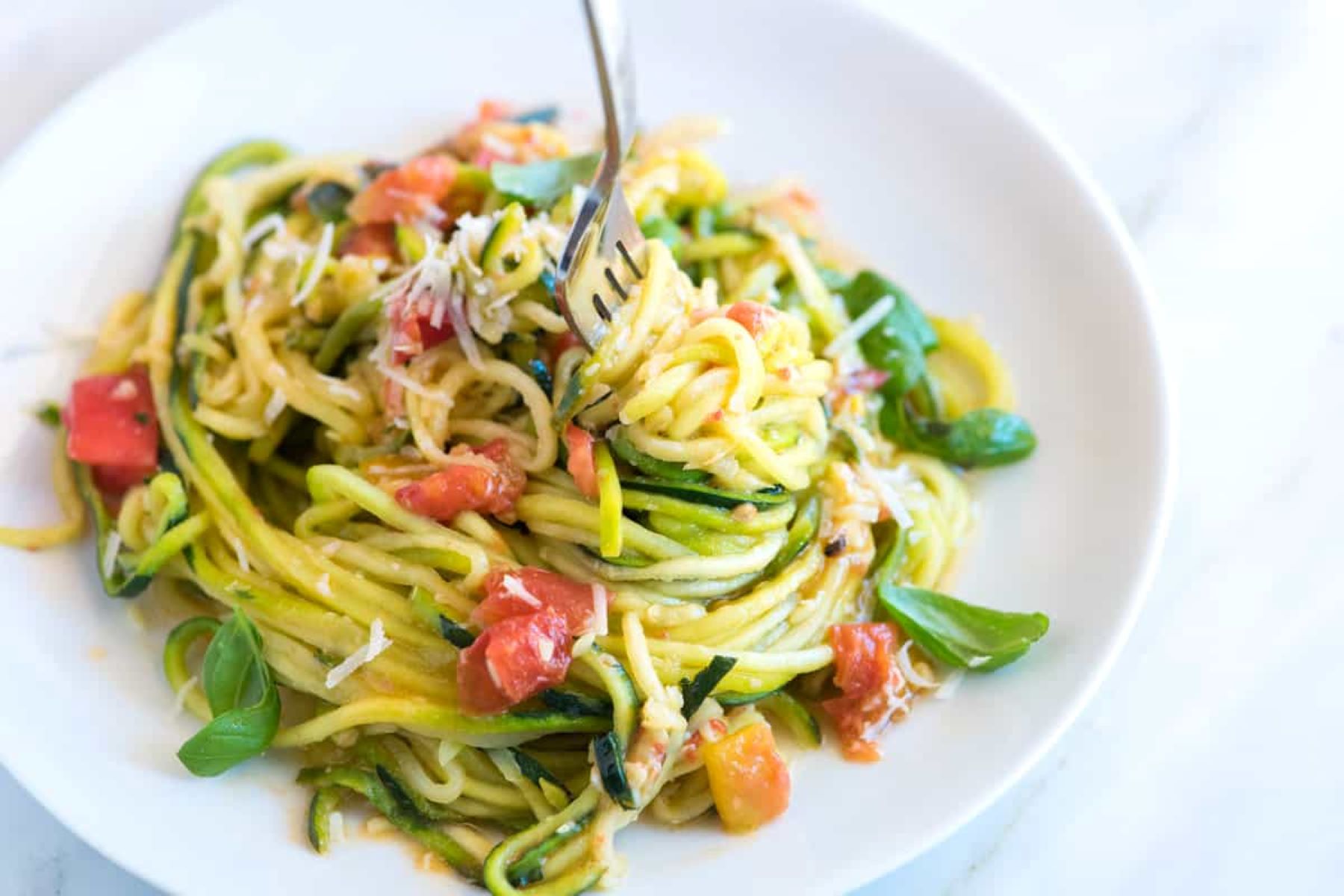
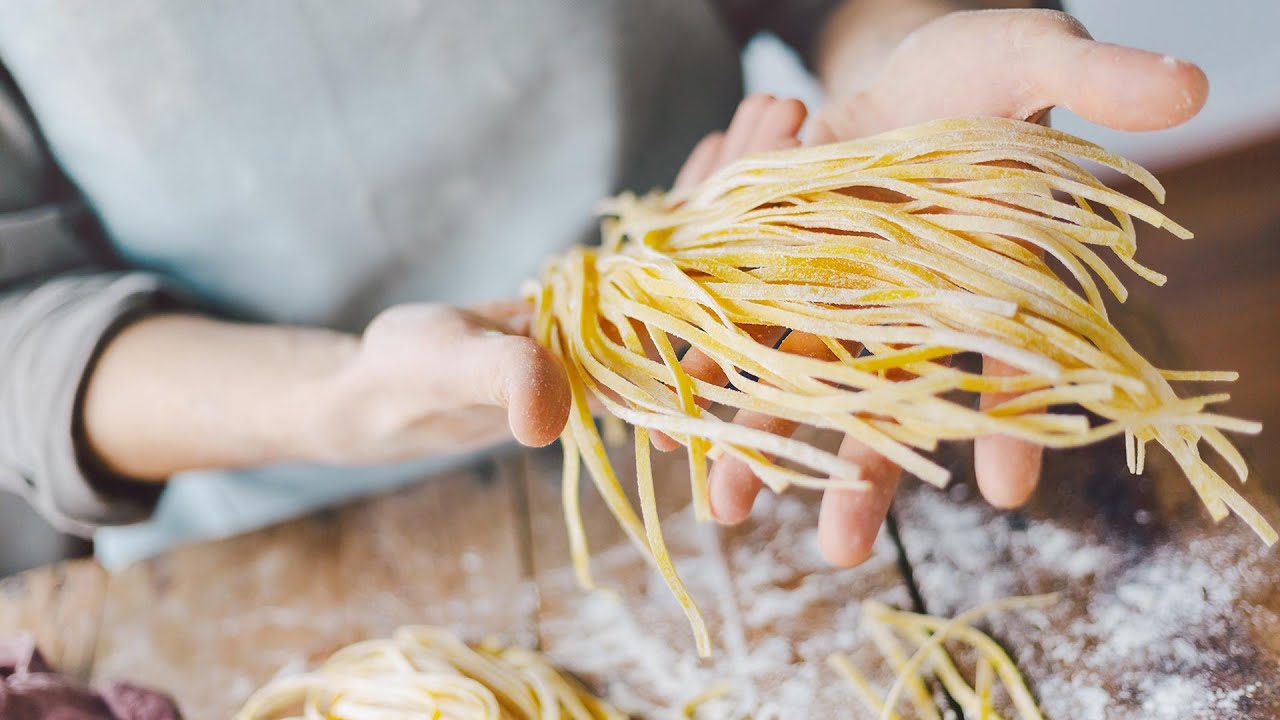
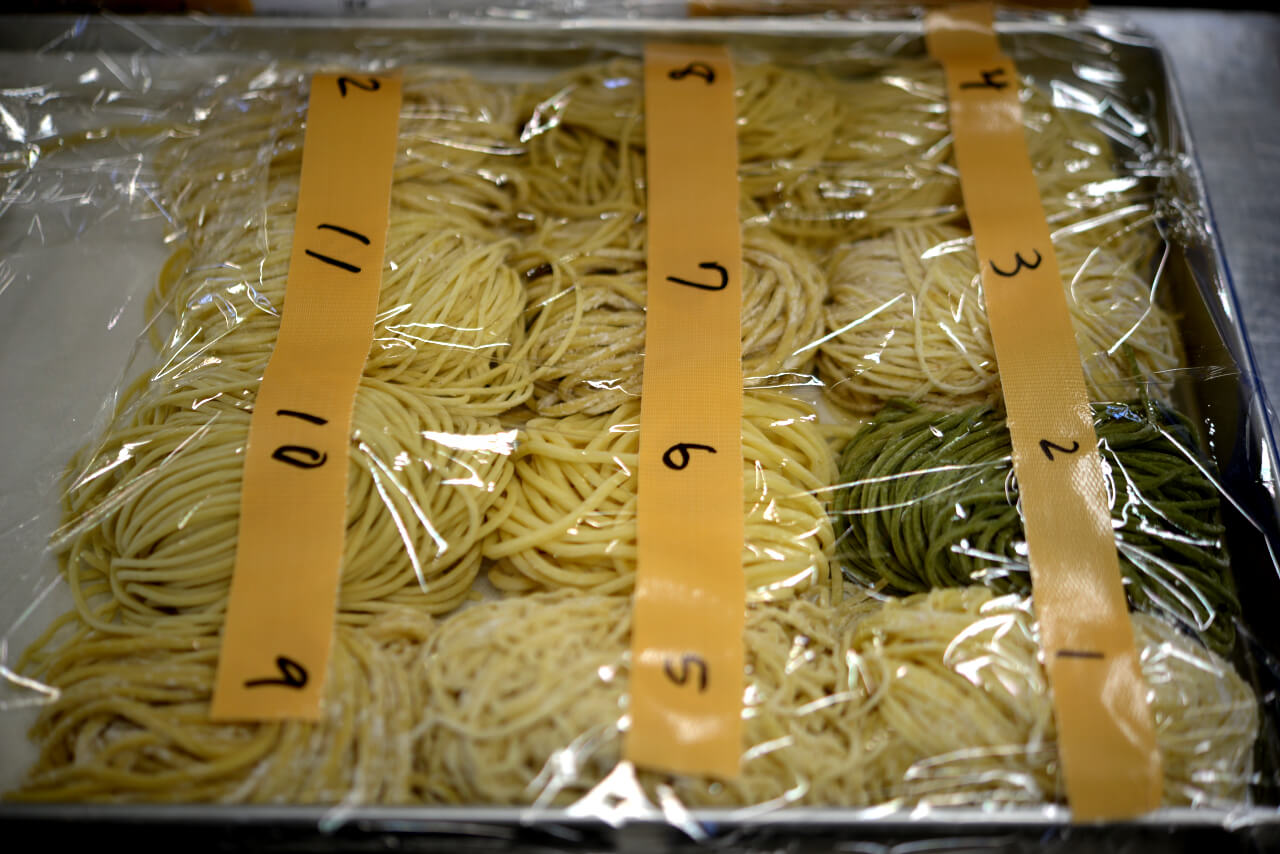
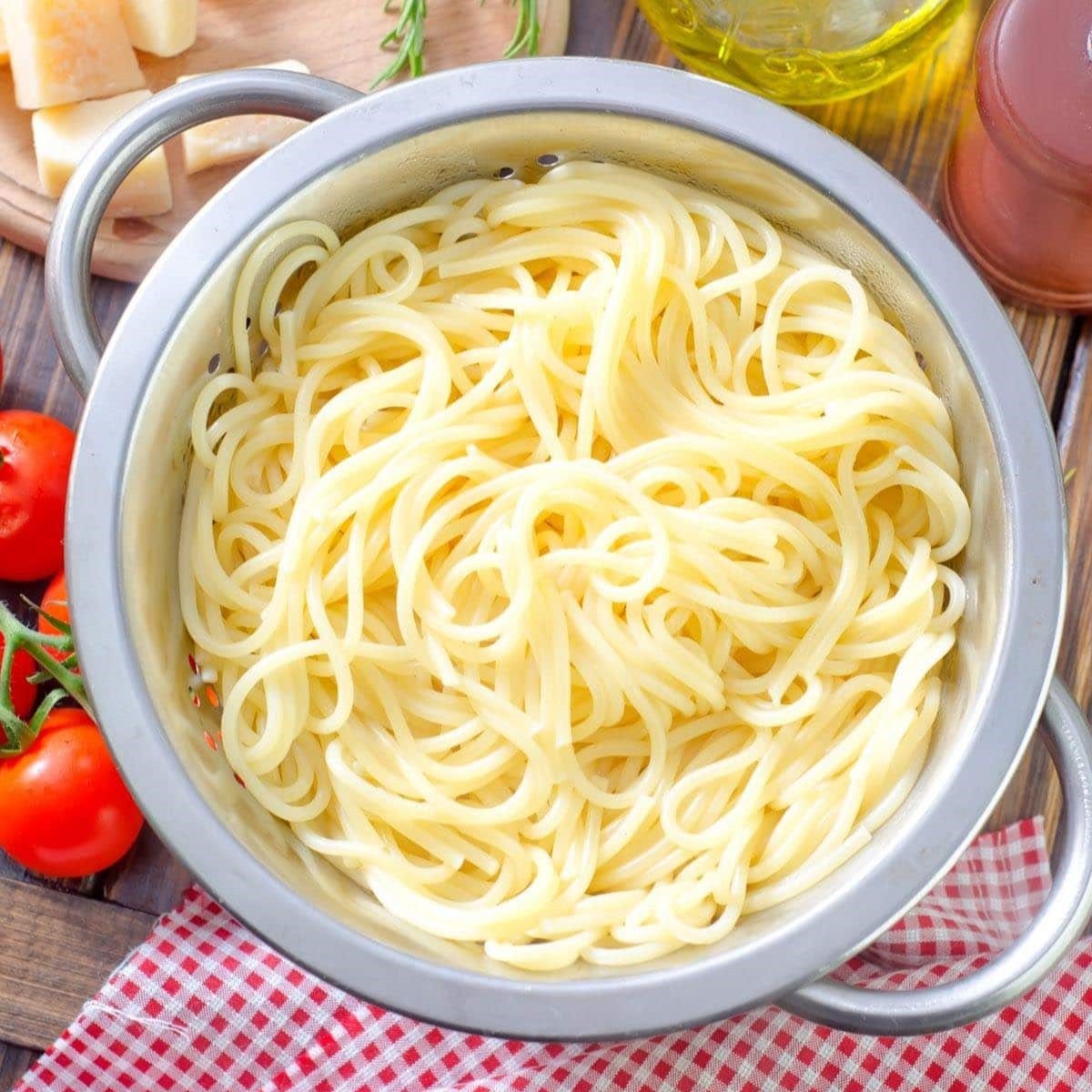
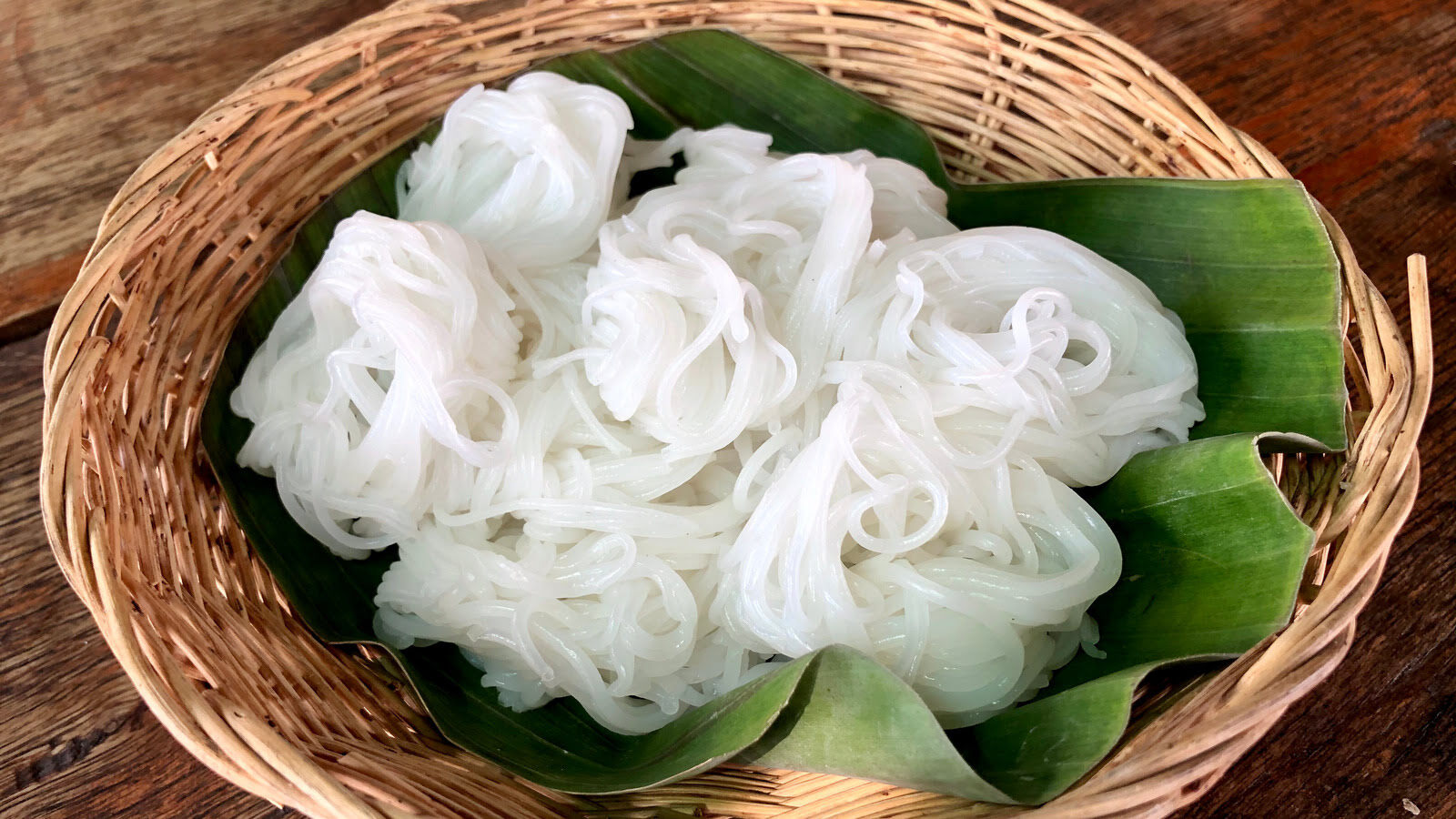
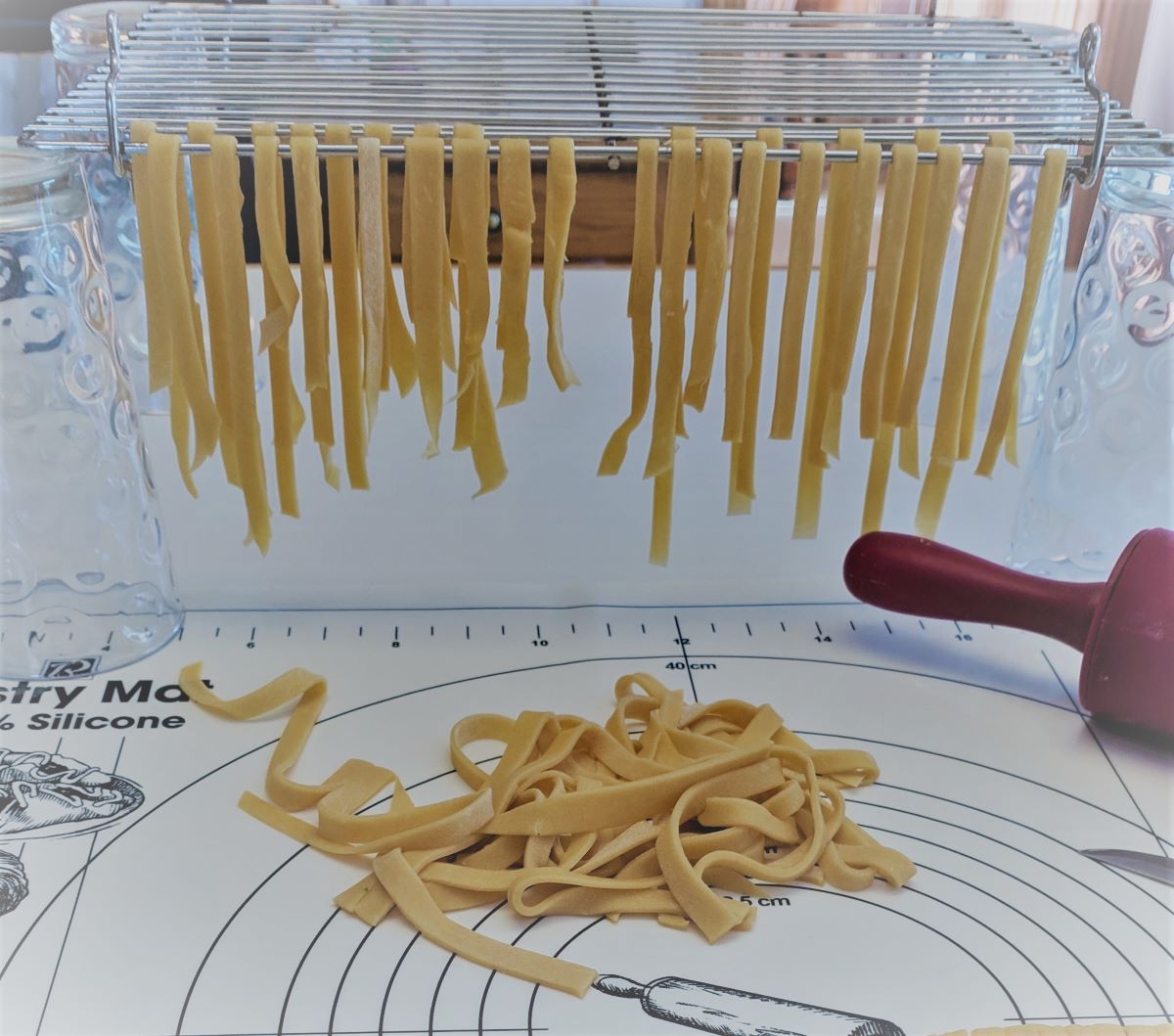
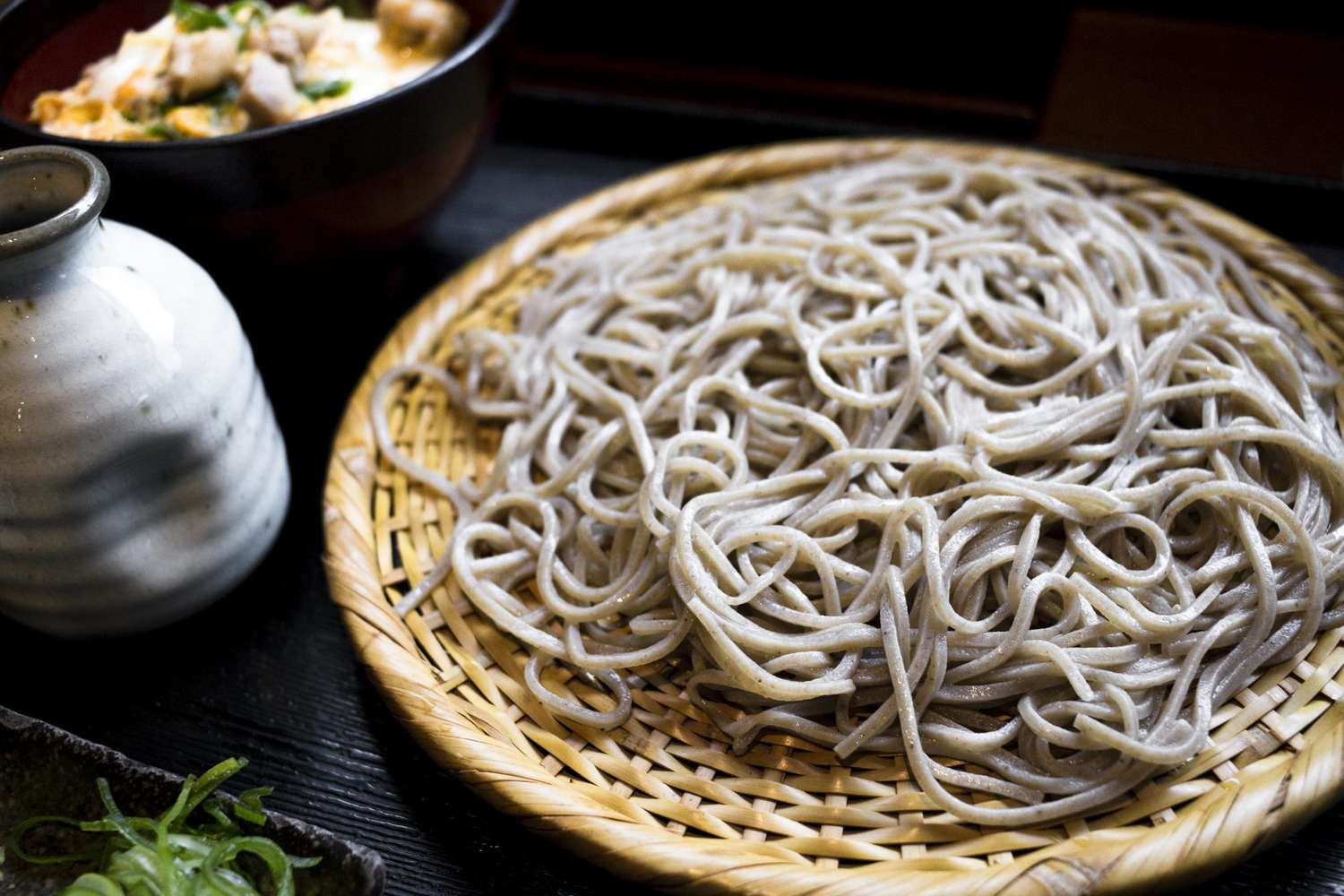

0 thoughts on “How To Store Vermicelli Noodles”